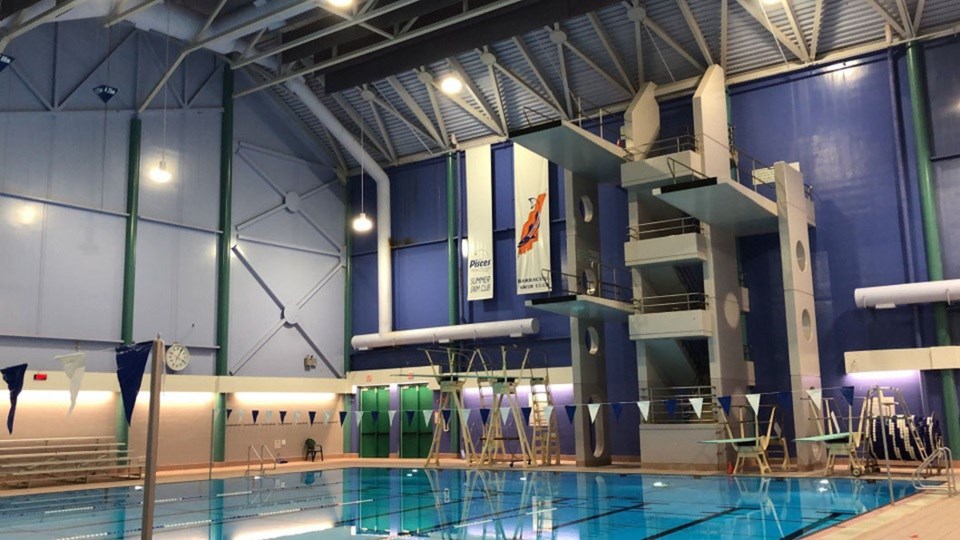As Prince George grapples with its aging infrastructure and a stagnant population, it’s time for mayor and council to confront a critical reality: We have to invest more now to prevent costly repairs in the future.
Our city, which covers 329 square kilometres — an area comparable to Las Vegas — serves a population of only 76,000. This striking disparity in density not only complicates infrastructure maintenance but also calls into question our past planning decisions.
For decades, city planners operated under the assumption that Prince George would continue to experience exponential growth. During the post-war boom, from 1940 to 1980, the city doubled its population every decade. With such optimism, the city expanded its boundaries, believing that if we built the infrastructure, people would inevitably come. However, the reality has fallen far short of these expectations. By 1979, projections estimated a population of 185,000 by 2012 — an aspiration that has never materialized.
Fast forward to today, and we find ourselves in a tight situation. The city’s infrastructure, designed for a much larger population, is now showing its age and is proving to be a burden to current residents.
Kris Dalio, the city’s manager of finance, recently highlighted that maintaining our sprawling assets costs significantly more per person than in other cities with similar geographical footprints but far larger populations.
With an estimated $4.4 billion in replacement value for city assets, we are increasingly faced with a harsh truth: the need to repair and replace aging infrastructure is pressing, and the cost of inaction is mounting.
This year alone, Prince George will need to allocate approximately $90 million to address worn-out infrastructure, including significant repairs to the Aquatic Centre — one of our community’s prized facilities — requiring $37 million to remain operational. Such expenses illustrate the long-term repercussions of underinvestment and the cycle of deferred maintenance that leads to skyrocketing costs.
City council must recognize that keeping taxes low today can lead to far greater expenses tomorrow. This short-sighted approach can trap us in a never-ending cycle of trying to appease voters while neglecting the foundational services that ensure a vibrant community.
Our infrastructure continues to age. This delays necessary investments will only exacerbate the financial strain on future budgets, leading to potential service cuts and diminished quality of life for residents.
At a recent budget-themed town hall meeting, an almost microscopic fraction of the community showed up, reflecting a broader disengagement from the crucial discussions about our city’s future. As residents, we have to demand that our councillors prioritize transparency and community engagement, ensuring that they make informed decisions about infrastructure investments and tax allocations.
Investing in infrastructure is not merely an expense; it is a long-term strategy that can yield significant dividends. Improved roads, reliable public transit, and well-maintained recreational facilities can enhance property values, attract new residents, and stimulate economic growth. Conversely, failing to invest now can lead to increased costs and service failures down the line, putting unnecessary pressure on taxpayers.
As Prince George moves forward, councillors should be encouraged to embrace a proactive stance on infrastructure investment. This approach will not only alleviate the current financial burden but also set the stage for sustainable growth and improved quality of life for all residents. The choices made today will shape the future of our city for generations to come.
We live in a community where the footprint is vast but the population is not, so we have no choice but to take a bold approach to facing our challenges. It’s time for our elected officials to prioritize the health of our city’s infrastructure, recognizing that sometimes, the best way to keep taxes manageable is to invest wisely today to avoid far greater costs tomorrow.
Have your say with a letter to the editor at [email protected]



